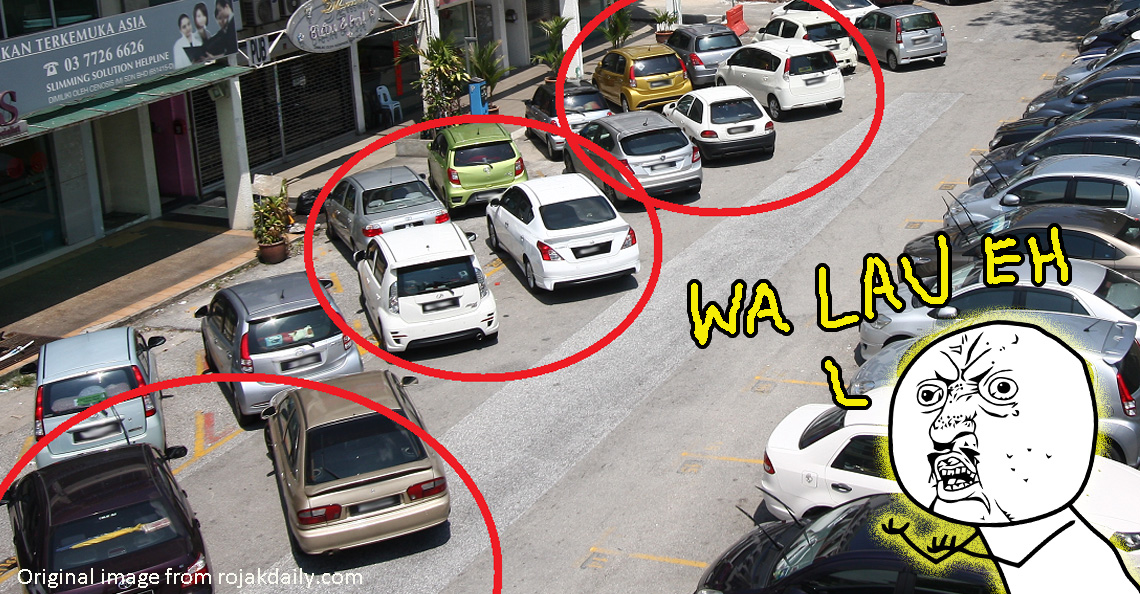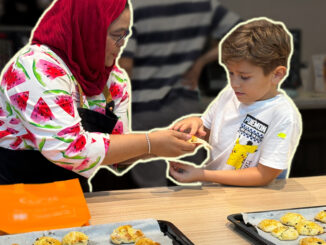Actually… what are the alternatives to caging violent OKUs in welfare homes?
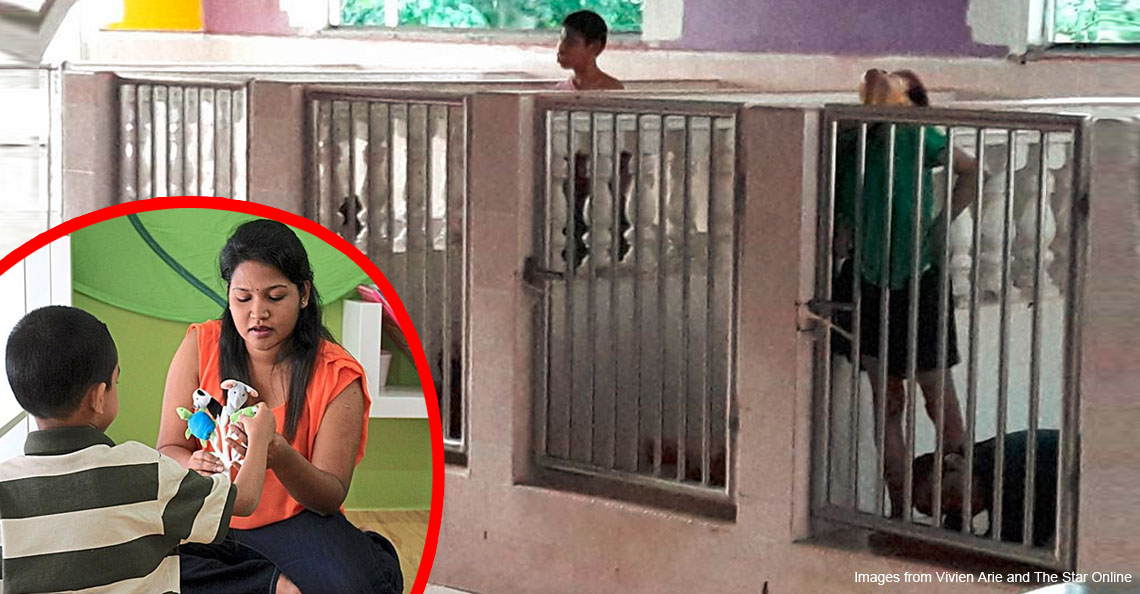
- 1.3KShares
- Facebook1.2K
- Twitter11
- Email28
- WhatsApp44
We’re sure many of you guys would have seen the news plastered everywhere, about a woman who went to a home for disabled individuals and stumbled on an area that she said creeped her out.
If you haven’t, here’s what happened – on a routine visit to see her aunt in Batu Gajah Disabled Children’s Welfare Home, the woman (who goes by the name Vivien Arie on Facebook) decided to explore the place, when she came across a wing where she claimed she saw disabled children being locked up in cages.
Vivien took photos, posted them on Facebook, and also reached out to the media (CILISOS included), as well as UNICEF.
Since then, the home has come under serious public backlash
Some people who were appalled at the act of locking up disabled individuals, and there are some who believe there could have been alternative methods to look after the residents instead of locking them up:

Now, UNICEF wants to probe the matter and urged the authorities to take action. On top of that, the Johor state Women, Family, Social Welfare Chairman has paid a visit to the home. We’ll talk more about the authorities’ in a bit, but in the meantime…
There were people who defended the home and said those who didn’t understand what it’s like to look after mentally disabled individuals shouldn’t have blown it out of proportion:
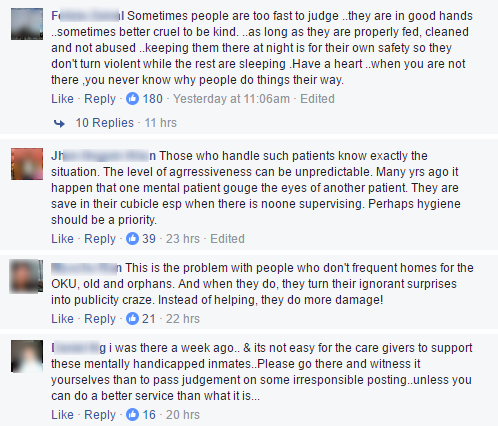
Actually, the cubicles are a step up from what the home previously used to do
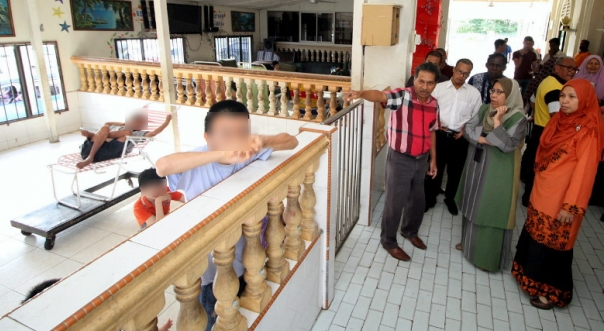
Amid the backlash, the home’s Chairman R. Sivalingam stated that they’ve been unfairly accused of mistreatment. He explained that there were a total of 47 residents there – 10 of who are suffering from extreme mental conditions (these 10 are the ones who are placed in cubicles).
“If we allow them to sleep in the hall, or in the rooms like the rest, they will hurt one another. It is for their own safety and the safety of the other inmates that we need them to sleep in the cubicles.
If we don’t do this, they will bite one another, hurt the eyes of the other residents, or go naked. They would even defecate and throw faeces at the rest.” – R. Sivalingam, Chairman of the home, The Star
He revealed that before the cubicles were built in 2009, the residents with more aggressive behaviour used to be restrained with ropes. “I felt that was the wrong way to treat them. Therefore, the idea to build the special cubicles came about,” Sivalingam told reporters.
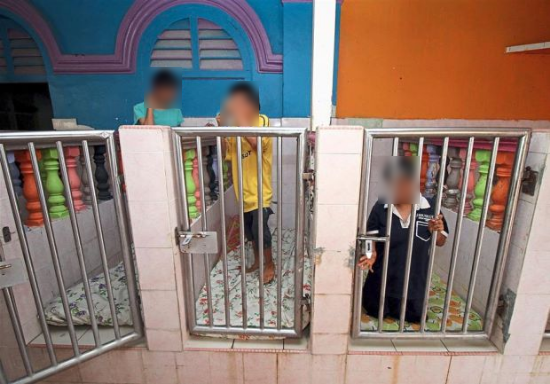
And since World of Buzz first broke the story (read here), they’ve published another article which showed another side to the coin… without enough funds, they cannot build more rooms or hire more workers to monitor them. As it is, they don’t have enough money to build rooms for all 47 of them. They only have 6 full-time workers, as well as disabled volunteers, and even so, some of the workers won’t stay for long.
We mentioned that we would talk about what the authorities thought of this case, well, Kinta District Community Welfare Department Officer Noor Hanizah Zulkafli confirmed that firstly, the home was registered with the department. Secondly, they’re aware of residents being places in cubicles as a safety measure because of their aggressive behaviour.
On top of that State Community Welfare Committee Chairman Datuk Rusnah Kassim said the permit for the home had been renewed on Sept 21. If the operator failed to fulfil the Standard Operating Procedure, the permit would not have been renewed.
Permit or not, we understand there will be some people who feel outraged at seeing the images of people being put in “cages”. But is Malaysia the only place this happens?
Nope. Malaysia isn’t the only country to restrain disabled patients
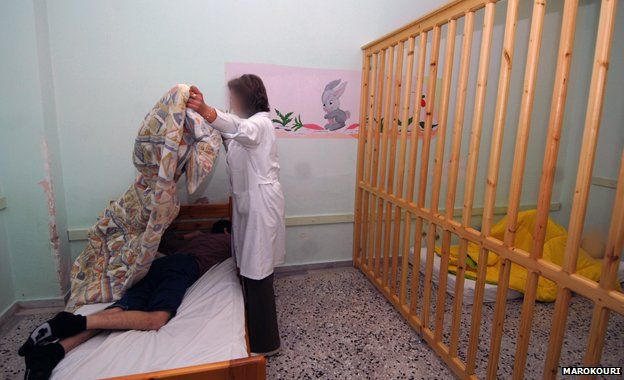
Whether you feel it is unethical or acceptable, we just want to highlight that Malaysia is not the only country that practices restraining disabled individuals. In fact, there are worse ways to restrain patients, like tying them up or drugging them, as done in the UK. A report estimates that up to 200,000 adults with disabilities are being prescribed drugs (ie. antipsychotic and antidepressant drugs) without appropriate clinical justification. These drugs are being used to curb aggressive behaviour. This is called ‘chemical restraint’.
In Greece, there was a government-run home where disabled residents lived in wooden compartments (pic above), strapped to their beds, given sedatives and there were CCTVs (so there was a privacy issue). Some student volunteers tried to reach out to politicians, EU officials, and as many human rights and disability rights organisation they could find, they got thank you’s without promise of action, though mostly they were ignored. Caging also happens in Australia, Czech Republic, Hungary, Slovakia, Slovenia, to name a few and Mexico, although Mexico has banned since 2015.

In the US, there are some policies to avoid it, for example in Florida, a person can only be restrained to control behaviors that create an emergency or crisis situation. It’s quite detailed in its definition of restraint – it includes the use of mechanical devices or medications and requires authorisation from a Certified Behavior Analyst. Chemical restraint requires a doctor’s order. However, that doesn’t mean it’s banned completely. In 2014, Al Jazeera reported some American schools restraining kids.
During our research we came across worse restraints (in China and Indonesia for instance) that practically makes the Perak home look almost like a walk in the park. If you feel you’d rather not see it, keep scrolling on. Just for your knowledge…

Having said that, we’re not saying we’re supporting it just because it happens in some other countries. But what is the alternative?
Yes there is. Two experts tell us what they are…
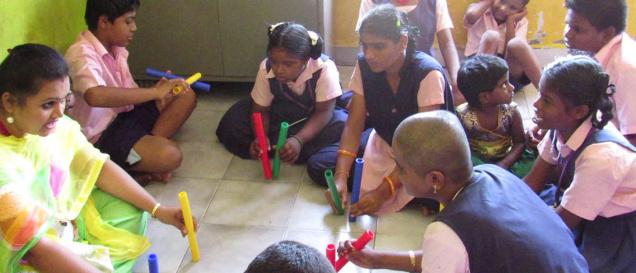
Yes there is! CILISOS spoke to Dr. Chua Sook Ning, a senior lecturer in at Monash University and founder of Relate.com.my (she also has 8 years of experience as a therapist), and Sally (not her real name coz she prefers to be anonymous) the owner of a school for kids with learning disabilities.
According to Sook Ning, individuals with disabilities have low IQs, in a sense it’s like they are a 3-year-olds. So if you wouldn’t cage a small children when they throw tantrums, why would you cage disabled people? If one argued that the difference is a 30-year-old is definitely stronger than a 3-year-old and can therefore really injure people, then the appropriate way to deal with it is through rehabilitation:
“You have to lovingly teach and guide them not to behave that way. Reason with them. Studies have shown this method to be effective.” – Sook Ning told CILISOS on the phone
Here is an article we found that supports Sook Ning’s recommendation. To acknowledge the child’s frustration, speaking to them in a calm, steady voice, give them activities to do, etc.

However, it could take a really long time to teach them depending on their individual capabilities, explained Sally. Sally herself had her nose BROKEN by one 9-year-old student! She was trying to calm him down and he was sitting quietly on her lap, then he suddenly threw his head back against her face.
At Sally’s school, she has seen all manner of behaviours, including children who misbehave. Those who hurt themselves or hurt other kids, she will isolate in a room with a supervisor who will verbally explain to them ‘no, this is wrong’ and why they’re getting a time out. On the case of the home in Perak, Sally said sometimes people have to understand that it really depends on what structure and facilities are available to them.
“They (people with disabilities) are victims. But at the same time, that doesn’t mean victims should be allowed to victimise other people. I can’t say I want to see anyone being put in a cubicle, but sometimes, for safety’s sake and only as a last resort. But must be able to justify that, otherwise why would you subject the child to that kind of punishment?” – Sally told CILISOS on the phone
If we’re talking about people who have psychotic tendencies (like active hallucinations) where they might harm someone, then Sook Ning suggests medication is one method to consider (although as we mentioned some countries are even opposed to chemical restraint). Whereas if we lock these individuals up, they could actually become more aggressive.
Additionally, better funding will ensure better care for people with disabilities

Often the reason given for restraining is because there isn’t enough manpower to supervise everyone. As for the case of the Perak home, they only had six staff. Imagine if you had loved ones living in a home, who one day got hurt by another resident who was behaving aggressively. Usually caretakers will be blamed for not being there to stop it. Or if the resident hurts himself/herself? People might again blame the caretakers. However we need to remember they are only human and they can only jaga as many people as they can within their capacity.
Either way, theirs’ is not an easy job. Since many of them volunteer or are willing to work with individuals with disabilities, we can believe that some of them have their heart in the right place to begin with, even if their methods seem misguided to some people.
Overall, caregivers agree the key to providing safety is individualized care. Plans that are designed to tailor care to specific needs of each individual. Safety also requires the design of living spaces that minimize the risk of injury, and continued efforts to improve comfort. So it boils down to funding!
“If I had the resources, first I would get more workers so that the inmates could be monitored closely, and I would also build more rooms for them.” – Sivalingam, World of Buzz
Putting in a last word from Sook Ning, when it comes to healthcare policies, Malaysia shouldn’t leave the disabled community out. The government should allocate more funds to provide them with better care. And Sally believes we shouldn’t give up on disabled individuals. They can make something out of themselves if we give them the proper support and guidance.
- 1.3KShares
- Facebook1.2K
- Twitter11
- Email28
- WhatsApp44

